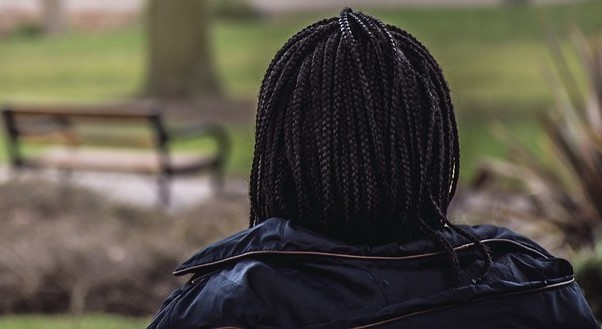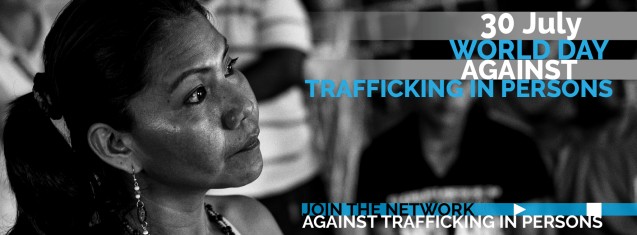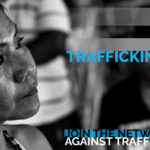
Zena
“Zena”, a woman Ruhama has supported, tells her story – from being trafficked into Ireland to moving into a new...
read more
 Children make up almost a third of all human trafficking victims worldwide, according to the United Nations Office on Drugs and Crime Global Report on Trafficking in Persons.” © Alessandro Scotti.
Children make up almost a third of all human trafficking victims worldwide, according to the United Nations Office on Drugs and Crime Global Report on Trafficking in Persons.” © Alessandro Scotti.
This year the United Nations Office on Drugs and Crime (UNODC) has chosen ‘Act to Protect and Assist Trafficked Persons’ as the focus of the World Day against Trafficking in Persons.
The topic highlights one of the most pressing issues of our time — the largely mixed migration movements of refugees and migrants. The theme puts the spotlight on the significant impact of conflict and natural disasters, as well as the resultant, multiple risks of human trafficking that many people face. It addresses the key issue concerning trafficking responses: that most people are never identified as trafficking victims and therefore cannot access most of the assistance or protection provided.
Thousands of people around the globe are daily committed to identify, rescue and protect human trafficking victims among people on the move. It is not enough!
Migrants and refugees are among the most vulnerable people for trafficking and exploitation, both during the journey and when they arrive in the country of destination.
Their vulnerability is growing because of the absence of sufficient legal and safe migration pathways. Many migrants and refugee-seekers are trafficked and subjected to abuse and exploited in transit and in the countries of their destination.
Religious congregations and several faith-based organizations work closely with vulnerable populations, especially the migrants and refugees, and they have identified several victims of trafficking among these populations.
Women and girl refugees and migrants are most vulnerable to trafficking and are subject to sexual exploitation. Trafficking of women and girls for forced labour and sexual exploitation is one of the fastest growing areas of international criminal activity, taking in an estimated $32 million per year.[1]
The UN World Day Against Trafficking in Persons provides an opportunity to invite all governmental, non-governmental and UN organizations to:
Anti- Human Trafficking organisations hold events and campaigns worldwide to mark the date and we look forward to sharing news of these various events in the coming weeks.
#HumanTrafficking #EndHumanTrafficking
[1] http://www.unodc.org/unodc/en/human-trafficking/global-report-on-trafficking-in-persons.html